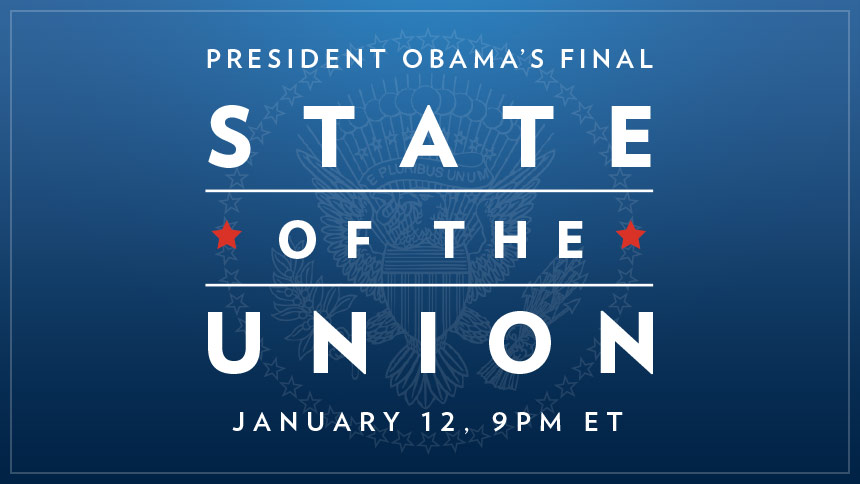
Currently, a large gap remains between the relatively modest impact that technology has had on education, particularly in K-12, and the transformative impact that technology has had on many aspects of our economic and social life. Advances in our understanding of how people learn and the explosion in information technologies such as low-cost smartphones and tablets, cloud computing, broadband networks, predictive analytics, and related technologies are poised to transform learning and make it more interactive, personalized, and effective for American students.
To achieve this potential, President Obama announced ConnectED, a new initiative to connect 99 percent of America's students to the Internet through high-speed broadband and wireless within 5 years that has already reported major progress. As we make the critical investments to upgrade the physical infrastructure and connectivity that students and teachers will have in their classrooms, we must also invest in building the next-generation of learning software that will utilize this connectivity and devices.
Building a strong ecosystem of “supply” and “demand” for effective learning software will be critical. This will happen both through greater investment in “push” mechanisms, like grants, R&D funding, or government laboratories, pay for research inputs, proposals like the President’s proposal for an ARPA-ED, and through “pull” mechanisms, like prizes, commitments to purchase products, and other “pay for success” mechanisms, reward outputs and the development of specific technologies.
One of the best-known pull mechanisms is the $1.5B Advanced Market Commitment (AMC) by five countries and a private foundation to stimulate to development of a pneumococcal vaccine now available on the market. By increasing the size and predictability of the market for pneumococcal vaccines, the AMC increased the willingness of companies to invest in high-volume production of these vaccines for developing countries. Federal agencies have also offered almost 300 incentive prizes on Challenge.gov. They minimize risk to Federal agencies by only paying for success while providing opportunities for citizen solvers to offer novel solutions to tough problems.
To stimulate a national conversation about the potential use of pull mechanisms for learning, the White House Office of Science and Technology Policy sought public comment through a request for information earlier this year. Although there are many types of pull mechanisms, they all require establishing a clear goal and an agreed-upon set of metrics for evaluating progress towards that goal.
We received more than 40 substantive responses, from learning experts and other stakeholders addressing outcomes, metrics, and opportunities for pull-mechanism driven innovation in education. Among the many thoughtful submissions (all are posted here):
- A national education initiative suggested “four types of prizes that could prove to be useful in education: 1) Design Prizes: small prizes could be used to incentivize innovative designs for new schools, new school facilities, or new systems of education; 2) Intervention Challenges: products, services, and strategies could be tested in comparable short cycle trails; 3) Data Competitions: inviting data scientists globally to work on well-defined problems; and 4) Geo-Competitions: invite districts, cities, or regions to compete on specific challenges over a specific period of time or to achieve a certain outcome.” (p. 33)
- An independent nonprofit suggested a focus on adult education, English language proficiency, and developmental math. (p. 50)
- One researcher suggested a focus on math for poor-performing students, as well as pull mechanisms for new assessment tools and approaches. (p. 138)
- A learning lab suggested a year-long series of game jams focusing on developing the next generation of learning games (p.82)
- A joint response from academics from a number of schools included suggestions for new approaches to training low-skilled teachers. (p. 142)
- An education consultancy suggested possible performance metrics focused on future employability of the learner as well as civic engagement. (p. 73)
- A prize foundation suggested prizes for learning technology that could yield outcomes related to functional literacy and related 21st century skills (p. 148)
These ideas and others also animated a June meeting, Paying for Results in Education, hosted by the nonprofit Digital Promise in Silicon Valley. OSTP participated in that meeting to examine existing educational pull mechanisms, including the Gates Foundation’s Literacy Courseware Challenge, which awarded grants to 29 finalists to test their ideas over 18 months; the New York City Department of Education’s iZone Gap App competition, which has offered developers prizes and the chance to pilot their technologies in the classroom; and the Automated Student Assessment Prize by the Hewlett Foundation, which used an incentive prize to push the state of the art for automated grading of student-written essays.
As the national conversation about the “power of pull” in education continues, we look forward to seeing ongoing innovation, whether it is a foundation, private, or public sector entity funding the design of a prize in one of the areas highlighted above, school districts banding together to develop a commitment to purchase educational products that achieve certain learning benchmarks, or the development of legal and policy mechanisms to support outcome-based disbursements wherein the payout horizon depends on the achievement of outcomes.
We also look forward to continue to hear from you about these ideas and others, and ways the Administration can support this body of work, at learning@ostp.gov.
Tom Kalil is Deputy Director for Technology and Innovation at the White House Office of Science and Technology Policy
Colleen V. Chien is Senior Advisor to the CTO, Intellectual Property and Innovation at OSTP

